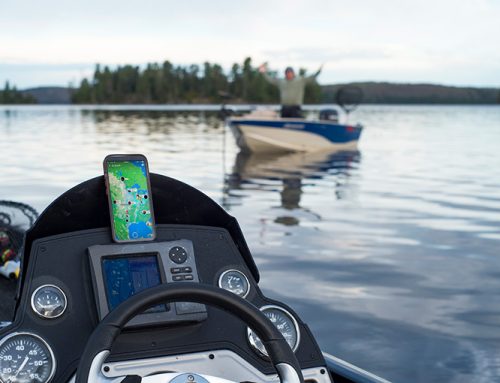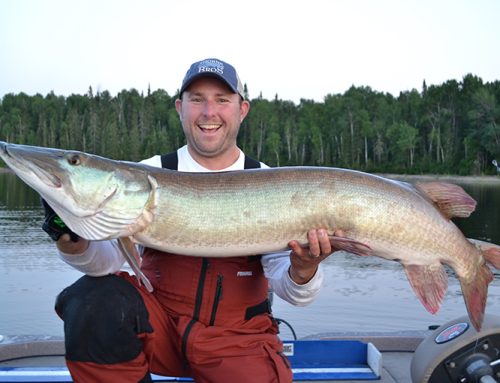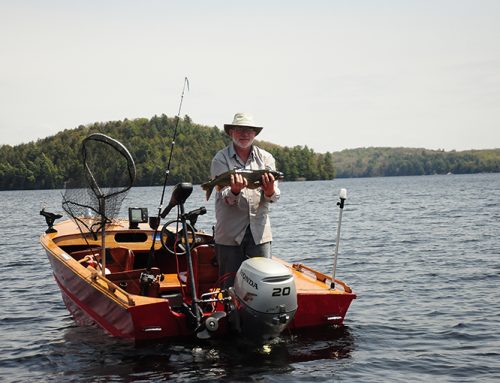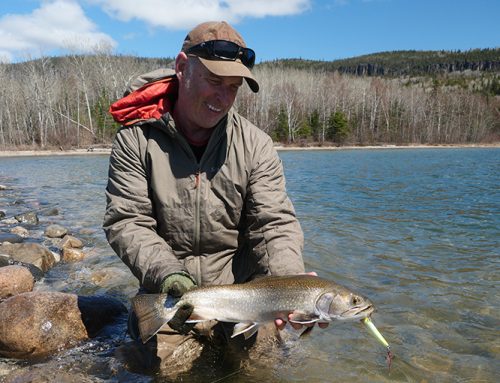
Shore-bound anglers, lend me your ears. Here are some quick tips to be more effective from the bank.
Plot a path
Recreational paths around towns and cities often provide access to lake and river shorelines. I’ve fished canals, tributaries, and bays without a boat, too.
Whether you’re on foot or pedalling a bike, use designated trails. If you must bushwhack, be respectful of private property and avoid disrupting vegetation. Also be on the lookout for poison ivy that often grows along shorelines.
Gear up
 The compactness and portability of a 2-piece, light-powered 6’ or 6’6” spinning rod is a good all-round option for shoreline adventures, however, in breezy conditions or when using floats, I use a 7’6” light model. It increases casting distance and its length enhances line control with a float.
The compactness and portability of a 2-piece, light-powered 6’ or 6’6” spinning rod is a good all-round option for shoreline adventures, however, in breezy conditions or when using floats, I use a 7’6” light model. It increases casting distance and its length enhances line control with a float.
Whatever the rod length, I use 6- to 10-pound test superline with a 4- to 6-pound test leader. Carry tackle and supplies in a backpack, fishing vest, or tackle shoulder bag.
Looking for fishing trips to take? Click here.
Polarizing prime spots
Polarized glasses reduce glare from the water’s surface, letting you see fish-holding areas. Look for weed edges, logs, and bottom transitions (such as dark muck to sand).
Top presentations
Many baits work for shoreline trekking. Small crankbaits and minnow baits are excellent for fan casting areas and covering water. Floats and jigs are also essential.
Give shoreline stalking a try. It’s a fun way to fish from those sheltered, sun-drenched shoreline areas.
This article originally appeared in Ontario OUT of DOORS April 2014 issue, available in both print and digital formats. Subscribe today.






Leave A Comment